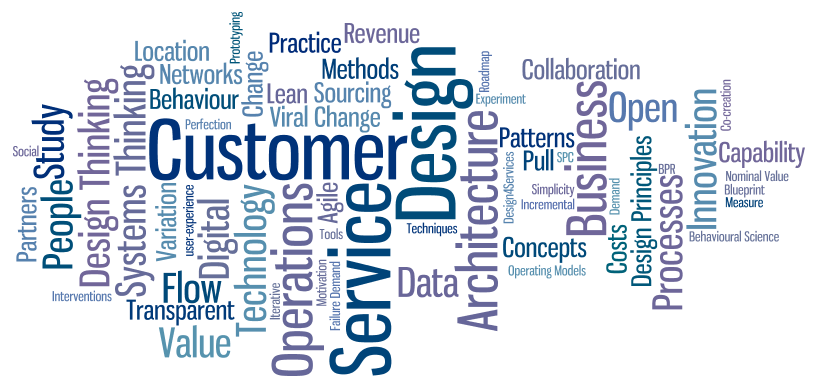 Where customer journey maps define your customers – prospects through advocates – touch points with your brand, products and services; service blueprints define the the behind-the-scenes people, processes and technology that supports that journey.
Where customer journey maps define your customers – prospects through advocates – touch points with your brand, products and services; service blueprints define the the behind-the-scenes people, processes and technology that supports that journey.
Where creating a customer journey maps requires you to “walk in the shoes” of your customer and see your organization through the eyes of a prospective customer, first-time customer or long-time advocate; creating a service blueprints requires you to take that one more step and think through what operations are needed to make your customer experience the best it can be.
Creating your customer journey map is your first step in creating your service blueprint. Where your journey maps describe your customer’s interactions with your organization’s touchpoints in the “front of the house,” your service blueprint describes what happens in the “back of the house.” What is in front of the house or “on stage” is what is visible to the customer. What is in the back of the house – backstage – are the behind the scene operations – internal interactions – that your customers don’t see but what makes the magic happen. It is the great and powerful Oz behind the curtain. Except Oz is an army of people, standard procedures and policies and stacks of technologies!
A good service blueprint is an operational tool that describes the nature and the characteristics of the service interaction in enough detail to verify, implement and maintain it. It is a diagram that displays the process functions “above” and “below” the line of visibility to the customer: all the touchpoints and the backstage processes are documented and aligned to the customer experience.
Above the line interactions may include viewing ads or reviews, visiting your website or store, or phones call or emails. This interaction may include someone from Marketing, Sales, Service or Support. Below the line may include marketing campaigns, analytic tools and communication networks. These interactions may include analysts, scientists and engineers.
Mapping your service blueprint takes the same rigor as creating your customer journey map but may require a group of people with skills in operations and technology in addition to the traditional skills in experience design.